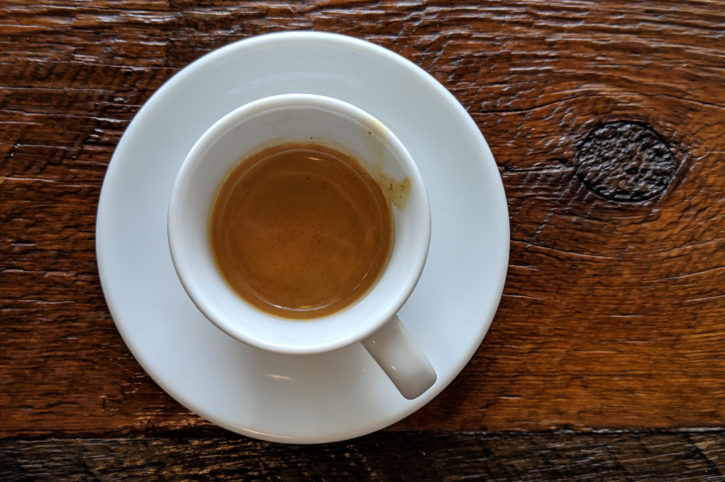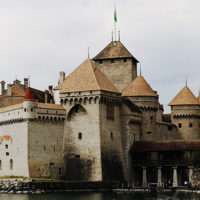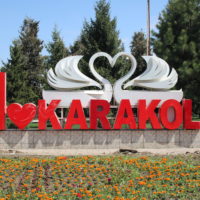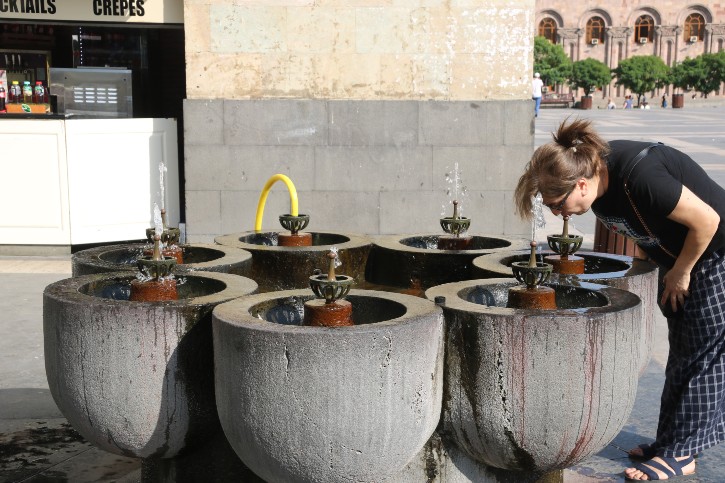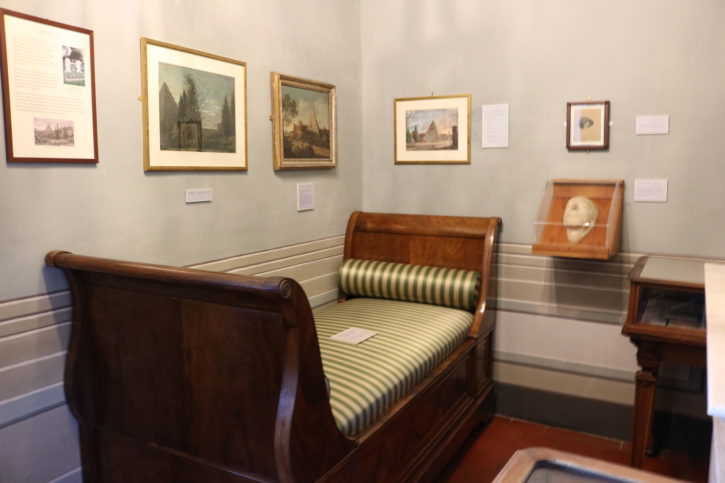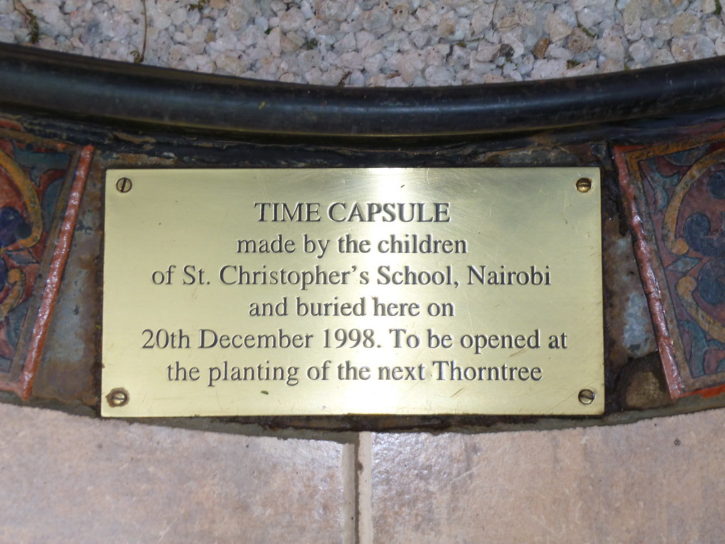In Italy, coffee houses allow you to enjoy the perfect cuppa while contemplating on the past in its stylish interiors. These coffee shops have been the temples of cultural, political and literary scenes, witnessing world-changing events in their time.
Whilst sipping on my espresso, I am overcome with emotion but it is not the coffee alone that brings about this outcome.
Did you know that Italy gave us the lingo — espresso, cappuccino, latte? Well Italy’s coffee culture is filled with rituals and mysterious rules, some of which I am going to tell you.
Here are a few of my favourites –
Caffé Florian, Venice
For reasons best known to myself, Lord Byron always takes the centre stage in my mind. That said, Café Florian was one of his favourites in Venice.
Originally called Caffè alla Venezia trionfante, this café soon came to be known as Caffè Florian, after its original owner and founder Floriano Francesconi. Even today you can see the flamboyant halls and decoration that perhaps existed over a century ago.
A must when you come to Venice. Besides Lord Byron (who is said to hang out here all the time), other legendary figures like Casanova, Goethe, Rousseau and Gozzi frequented this place. It is also among the first caffe’s to allow women.
The coffee is not cheap here and service not the fastest but remember that you are sitting in St Mark’s Square! Hang around long enough for a waiter to come by – and then you are in good hands. Persistence is key!
It is also one of the oldest cafes of Italy in continuous operation and the soul of Venice.
During the insurrection against Austria in 1848, revolutionaries chose Caffè Florian as their headquarters.

Café Pedrocchi, Padua
This 18th century café frequented by Lord Byron and his friend Stendhal is housed in a neo-classical building at one end of the Piazza, few blocks from the Padua University. This unusual piano-shaped café with tall, Greek columns and classic décor had a reputation of never closing its doors and served the best mint and chocolate flavoured coffee. The interior contains neoclassical elements and rooms with different influences: Greek, Roman, Moorish and Renaissance.
When I arrived, the café was busy, but as the piano came to life, the noise from the streets dissipated into moments in history where the greats of Europe and Italy put their heads together over coffee and discussed the world.
Historically, this café has always been the cultural, political, journalistic and academic center of Padua but today serves as the centre of cultural activity.
Cafe Grecco, Rome
It is impossible to visit Rome and not take yourself to this iconic café just off the Spanish Steps. The second oldest café in Italy (after Caffe Florian) Caffe Greco opened in 1760 and is symbol of culture.
Pretty much everyone I’d know about or heard of or was partial to, has been a guest at this café at one time or the other. It is an institution, more like. Stendhal, Goethe, Lord Byron, Mark Twain, Hans Christian Anderson, Charles Dickens, Thomas Mann, Friedrich Nietzsche and others have all enjoyed a cup or many here. It is a haven for writers, artists and politicians and has weathered wars and political instability.
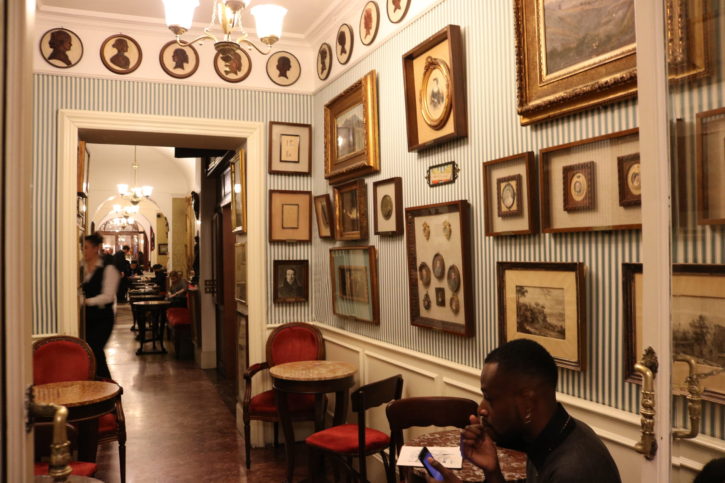
The other famous ones include Elizabeth Taylor and Princess Diana. More than a coffee bar, it is a museum. Pictures of illustrious patrons adorn the walls. Its furnishings and artworks are protected property.
Café Gilli and Café Paszkowski, Florence
This one has moved a little before coming to its current location at Piazza della Repubblica (formerly called Piazza Vittorio Emanuele) at the beginning of 1900.
Opened by the Gilli family (Swiss) in the year as 1733 as sweet breads boutique (in the era of the Medici) on Via de’ Calzaiuoli, it became a favorite among the rich Florentines.
Post World Wars, it became an exclusive haunt for young Florentines as well as for the first tourists who came to the city. The pastries are to die for!
Another favourite of the Florentine intellectuals is this national monument (declared in 1991) Café Paszkowski which in the early years hosted the likes of Giovanni Papini, Ardengo Soffici, Gaetano Salvemini and even Cesare Battisti.
It is located near Gilli, so really if visiting historical cafes is your thing, you are in luck.
Caffè dell’Ussero, Pisa
Housed in the fifteenth-century Palazzo Agostini, Caffè dell’Ussero lays claim to that fact that many illustrious patrons came here as students – Giosuè Carducci (first Italian Nobel Prize laureate), Filippo Mazzei (an Italian-born patriot and friend of Thomas Jefferson).
It is said that Jefferson was inspired by Carducci’s doctrine All men are created equal which was incorporated into the Declaration of Independence), Alessandro D’Ancona (first director of the newspaper La Nazione), Cesare Abba, Indro Montanelli, among many others.
In 1839 it hosted the meetings of the first Italian Congress of Scientists.
Read about a Coffee Addict’s confession here…

